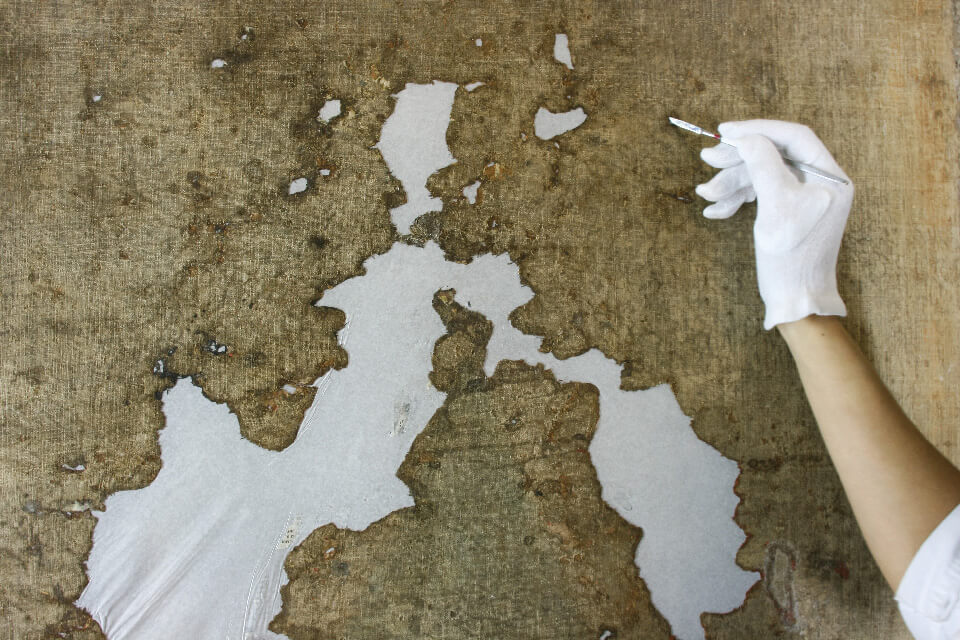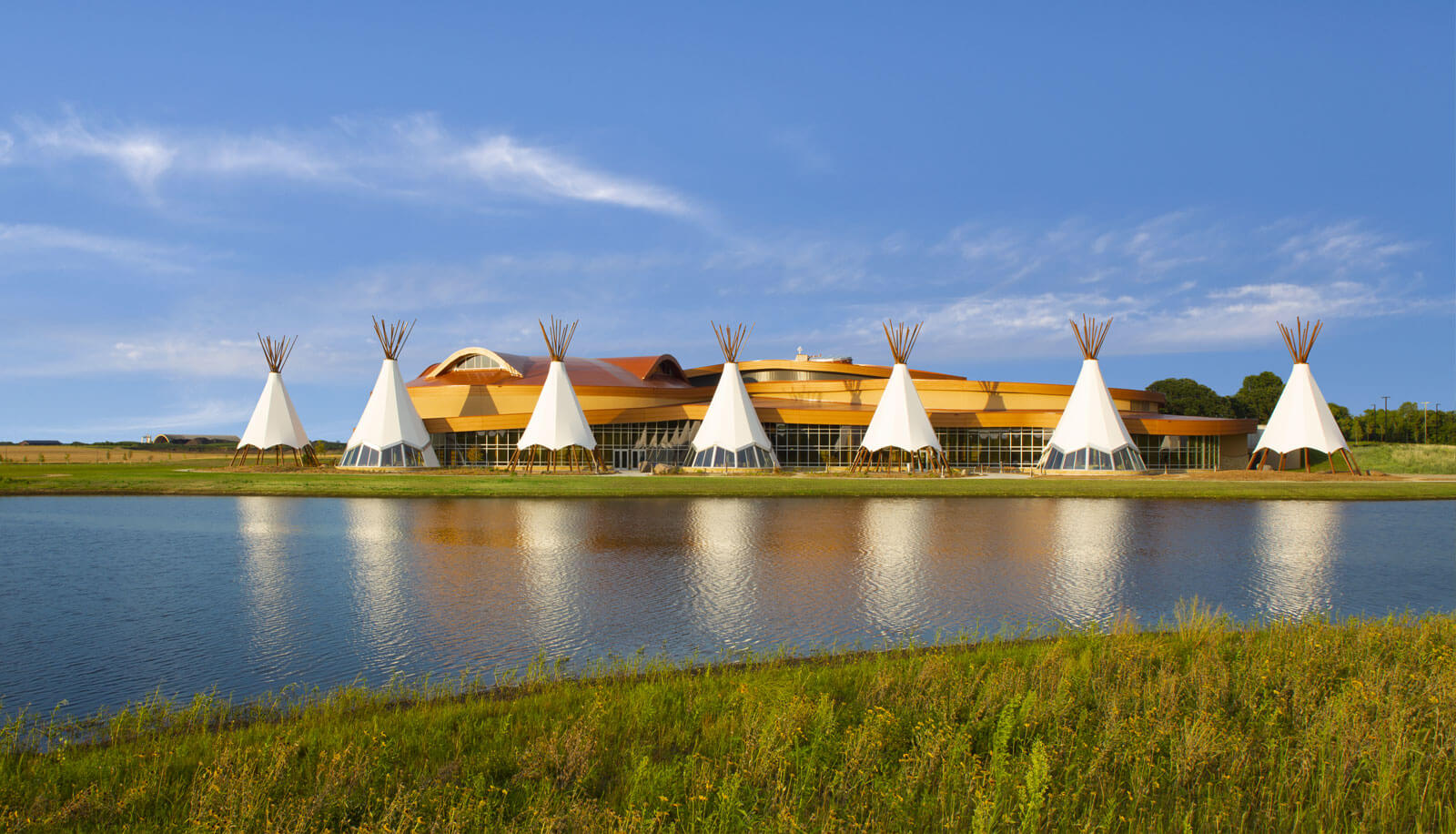Preservation at Hoċokata Ṫi

Throughout the world, the definition of museums and what they do is undergoing a radical change. Specifically in Indian Country, tribal cultural centers are redefining how museums, collections, and arts-based placemaking are vital components to community building
In September 2019, the International Council of Museums (ICOM) helped form a new definition of the word museum—“Museums are democratizing, inclusive, and polyphonic spaces for critical dialogue about the pasts and the futures. Acknowledging and addressing the conflicts and challenges of the present, they hold artifacts and specimens in trust for society, safeguard diverse memories for future generations, and guarantee equal rights and equal access to heritage for all people.” The definition continues to state, “Museums are not for profit. They are participatory and transparent, and work in active partnership with and for diverse communities to collect, preserve, research, interpret, exhibit, and enhance understandings of the world, aiming to contribute to human dignity and social justice, global equality, and planetary well-being.
In the past, exhibits were heavy on objects and lighter on interpretation. Over the last 30 years, that formula has begun to change. Also, museums are becoming more inclusive to include more stories of Indigenous people, told from the voice of Indigenous people. This can be seen by looking at Hoċokata Ṫi’s exhibit Mdewakanton: Dwellers of the Spirit Lake. The Culture and History Preservation Work Group was the driving force behind the content that visitors see when they visit Hoċokata Ṫi. Another way the SMSC follows this example is through the preservation of its collections. This applies to objects that are on display and those in storage as well. Preservation, from a museum standpoint, is defined as “The non-invasive act of minimizing deterioration and preventing future damage of the object.”

